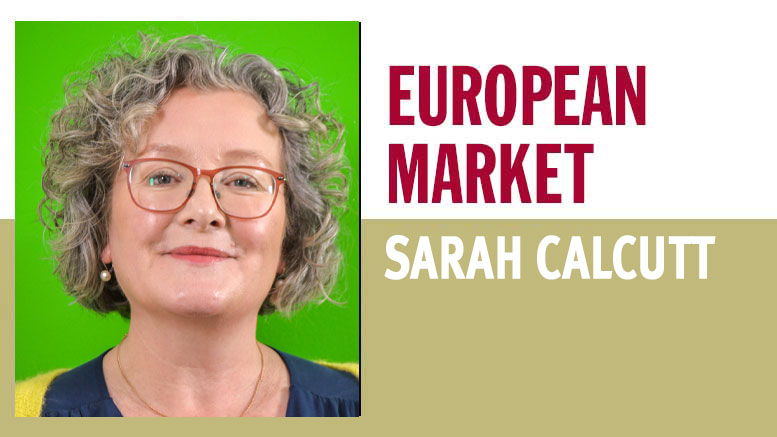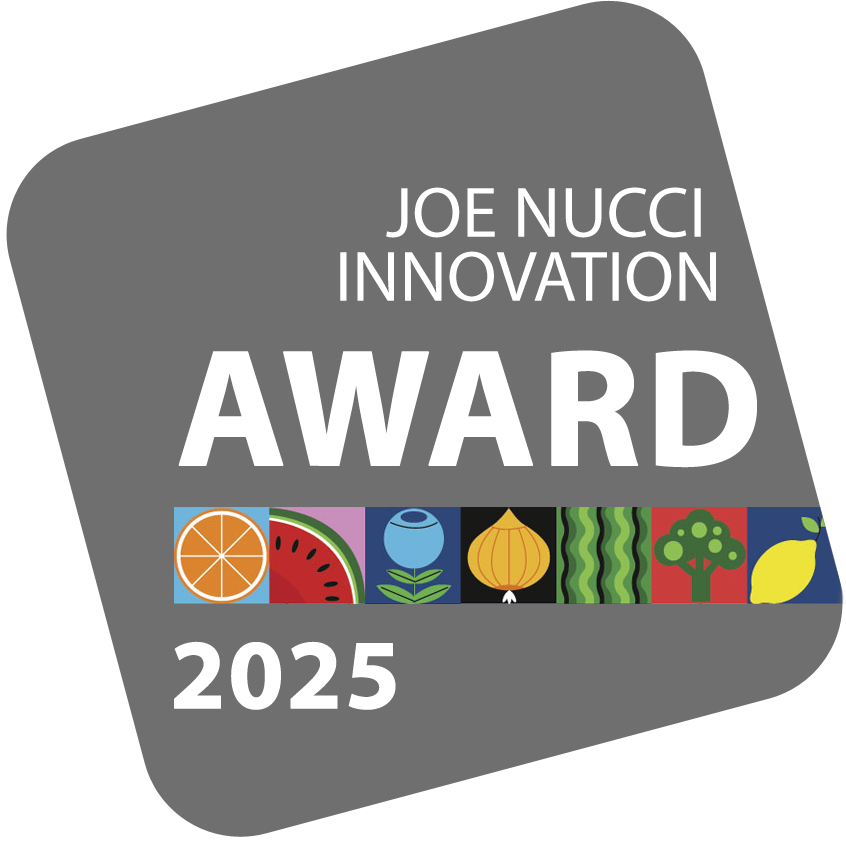Food Waste: Not Just an Environmental Issue
October 9, 2025 | 4 min to read

Across the U.K.’s fields, polytunnels and packhouses, a hidden crop grows. Not of new varieties or experimental strains, but of surplus food.
This is the national waste crop: millions of tons of fruit and vegetables, grown with skill and care by British farmers, but deemed unsellable due to size, shape or market oversupply. It is food that could nourish a family, but instead becomes waste, sent to anaerobic digestion, turned into animal feed, or simply left to rot.
This is not just an environmental issue. It is a business issue, a social issue, and a moral one. As both a sixth-generation apple grower and the chief executive of the food redistribution charity City Harvest, I have seen both ends of the supply chain — the heartbreak of produce plowed back into fields, and the transformative impact of fresh food on communities that need it most.
That is why our team at City Harvest launched Harvest for Hunger, a plan supported by the Department for Environment, Food & Rural Affairs (DEFRA) to intercept this “national waste crop” at the farm gate and reroute it directly to people experiencing food insecurity.
With new funding, we will be collecting surplus produce, free of charge to farmers, and distributing it to over 350 frontline charities, community hubs and schools, ensuring that no good food goes to waste while millions go hungry.
THE SCALE OF THE WASTE
According to The Waste and Resources Action Programme (WRAP), around 3.6 million tons of food are lost or wasted at the primary production level in the U.K. each year. That is £1.2 billion ($1.6 billion) worth of food, most of it perfectly edible, grown using the same land, labor, water and energy as anything on a retail shelf.
At the same time, around 20% of the population need food support. Four million people in the U.K. are going hungry, while others are forced to skip meals or rely on less nutritious food due to price pressures. The irony is stark — produce abandoned in the field coexisting with a gap at the table.
As a sector, we have a choice. We can continue to accept waste as a cost of doing business, or we can rethink our models and revalue surplus as part of the solution.
WHY THIS MATTERS
Retail specifications are one of the primary drivers of waste, often for cosmetic reasons rather than quality. A carrot that is curved, an apple that is blemished — these are still nutritious, still delicious, still British-grown. What they lack in conformity, they make up for in nutrition.
But waste also costs money. Every ton of unsold food represents lost inputs, sunk costs and missed opportunity.
By partnering with food redistribution networks like City Harvest, growers and packers can reduce disposal costs, boost environmental credentials, and feed into a circular economy model that values every part of the harvest.
This is not about charity. It is about smarter supply chain management, better resource use, and unlocking new value from existing systems.
A FARMER’S PERSPECTIVE
For me, this is personal. I know how much love goes into every tray of apples. I also know how crushing it is to watch tons of food rejected, not because it is not good, but because it is not “perfect.”
What I have seen through City Harvest is that there is a huge appetite for this food. We distribute over 120 tons of surplus food every week, reaching more than 130,000 people through our network. Our partners include schools, homeless shelters, food banks, refugee centers and more. And the feedback is always the same: Fresh food changes lives.
We have delivered over 75 million meals’ worth of food since 2014. In doing so, we have also prevented over 100,000 tons of greenhouse gas emissions. That is the power of connecting the dots between surplus and need.
A CALL TO ACTION
City Harvest’s Harvest for Hunger scheme means farmers can now request free pickups of surplus directly via our website. DEFRA’s funding allows us to scale this service, expand our fleet and depots, and reduce barriers for producers who want to do the right thing, but previously lacked the logistics or support to make it happen.
I believe it is a matter of national pride that we make better use of what our incredible growers’ produce. We grow everything from berries to brassicas, and, with the right systems in place, we can ensure more of that bounty reaches people’s plates.
The U.K. fresh produce industry has always been agile, resilient and community-minded. This is an opportunity to lead the way once again, showing that our sector can feed both people and progress.

Sarah Calcutt is chief executive of City Harvest, London, UK. Find out more at www.cityharvest.org.uk/harvest-for-hunger.
3 of 23 article in Produce Business September 2025

